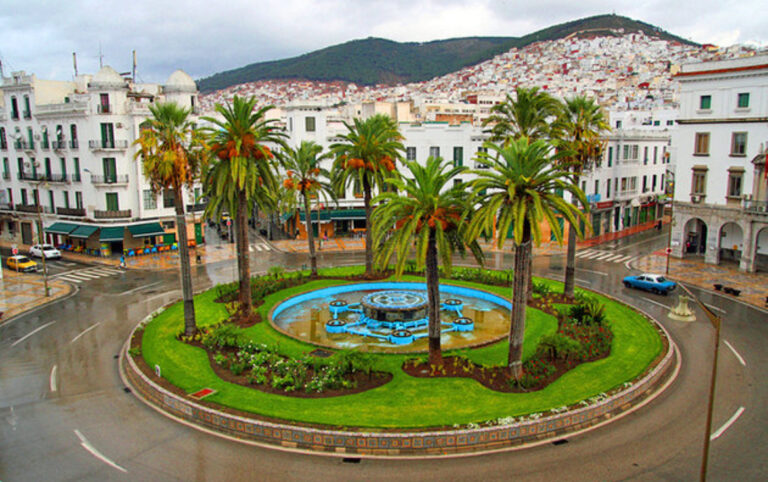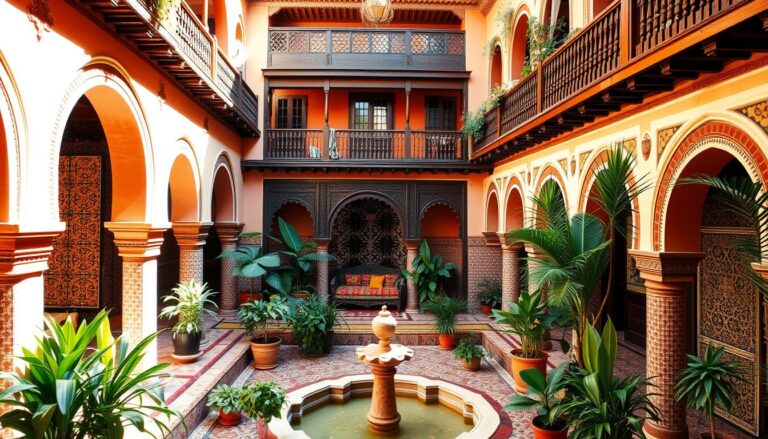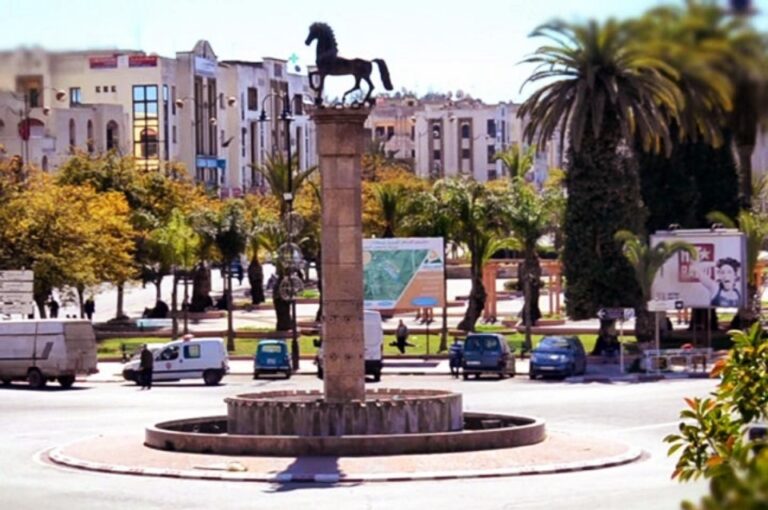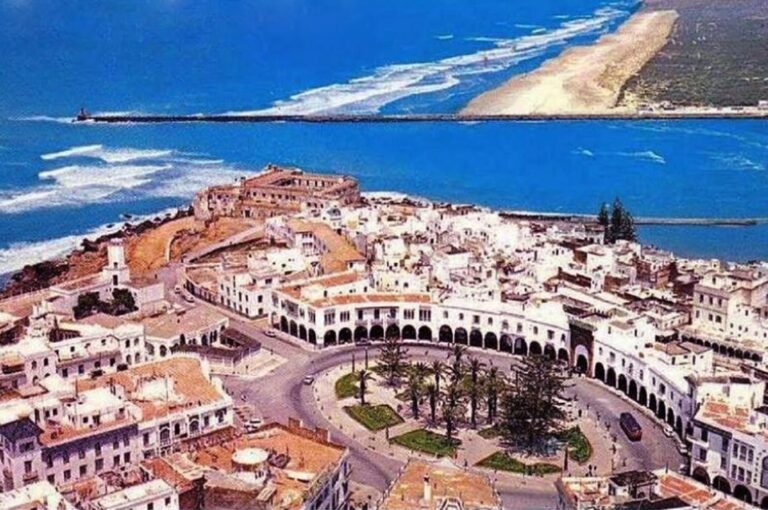Tiznit: Morocco’s Silver City with Authentic Souks

Encircled by five kilometers of ochre ramparts that seem to emerge organically from the surrounding desert plains, Tiznit stands as one of Morocco’s most authentic and least-touristed walled cities. Known throughout the Maghreb as the “Silver City,” this captivating destination combines centuries-old silversmithing traditions with genuine Berber culture, creating an atmosphere where traditional craftsmanship thrives alongside everyday Moroccan life, untouched by the commercialization that has transformed other historic cities.
Located approximately 100 kilometers south of Agadir in the Souss-Massa region, Tiznit serves as a cultural crossroads where Berber, Arab, and Saharan influences converge. This city of roughly 75,000 inhabitants occupies a strategic position at the foot of the Anti-Atlas Mountains, historically controlling routes between the Atlantic coast and the Sahara interior. Despite its modest size, Tiznit’s reputation for producing Morocco’s finest silver jewelry has made it internationally recognized among connoisseurs of traditional craftsmanship.
What makes Tiznit extraordinary is its genuine preservation of artisanal traditions in an increasingly modernized Morocco. Here, silver jewelry making isn’t a tourist attraction but a living craft practiced in tiny workshops throughout the medina, where master craftsmen and their apprentices continue techniques passed through generations. The rhythmic hammering of silver against anvils provides the soundtrack to daily life, while the glitter of traditional Berber jewelry fills shop windows with ornate fibulas, bracelets, pendants, and daggers that represent some of Morocco’s most sophisticated metalwork.
The city’s ramparts, built in 1882 by Sultan Hassan I as part of his southern expansion campaigns, create an imposing circuit punctuated by ornamental gates and defensive bastions. Within these walls lies a medina that maintains authentic character precisely because tourism remains secondary to local commerce and craftsmanship. Traditional souks serve residents’ needs first, creating markets where genuine daily life unfolds rather than staged performances for visitors.
Whether you’re a jewelry enthusiast seeking authentic Berber silver pieces, a cultural traveler interested in observing traditional crafts in their original context, a photographer drawn to unspoiled medina architecture and artisan workshops, or simply someone seeking the Morocco that existed before mass tourism, Tiznit offers experiences of remarkable authenticity combined with the welcoming hospitality that defines southern Morocco.
The Silver Jewelry Capital
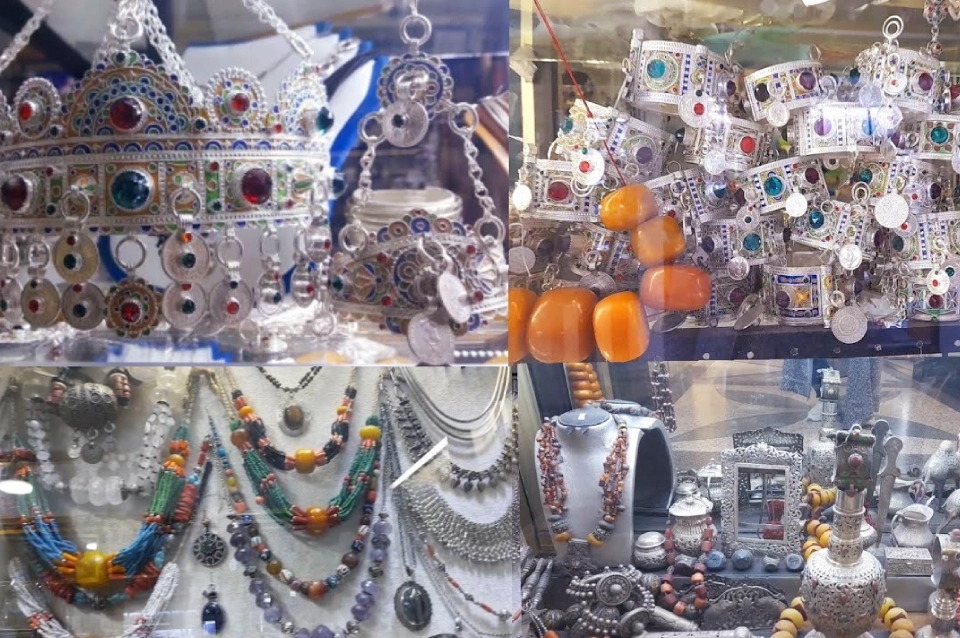
Historical Silversmithing Heritage
Tiznit’s reputation as Morocco’s silver capital stretches back centuries, rooted in the region’s historical role as trading center connecting Saharan caravan routes with coastal ports. Berber tribes traditionally invested wealth in silver jewelry, creating demand for skilled craftsmen. This heritage continues today with approximately 60 jewelry shops and countless small workshops maintaining traditional production methods.
Traditional Berber Jewelry Designs
Local silversmiths specialize in authentic Berber designs including intricate fibulas (decorative brooches used to fasten traditional clothing), Khamsa hands (protective amulets), geometric bracelets, ornate pendants, and ceremonial daggers. Each piece incorporates traditional motifs carrying symbolic meanings related to protection, fertility, prosperity, and cultural identity.
Artisan Workshops and Production Methods
Small workshops throughout the medina allow visitors to observe silversmiths at work using traditional techniques. Craftsmen shape, engrave, filigree, and embellish pieces entirely by hand, demonstrating skills requiring years of apprenticeship. Watching these artisans reveals the patience, precision, and artistic sensibility behind each creation.
Shopping for Authentic Silver
Tiznit offers exceptional opportunities to purchase authentic silver jewelry at reasonable prices compared to tourist-focused destinations. Understanding silver quality (look for the 925 sterling mark), recognizing traditional versus modern designs, and appropriate bargaining etiquette helps ensure satisfying purchases. Reputable shops provide certification and explain piece origins and symbolic meanings.
Silver Souk – The Heart of the Trade
The dedicated silver jewelry souk near the main square concentrates dozens of shops and workshops creating an immersive experience. This souk represents one of Morocco’s most authentic craft markets, where serious collectors and local buyers negotiate significant purchases alongside curious tourists browsing traditional designs.
Magnificent Ramparts and City Gates
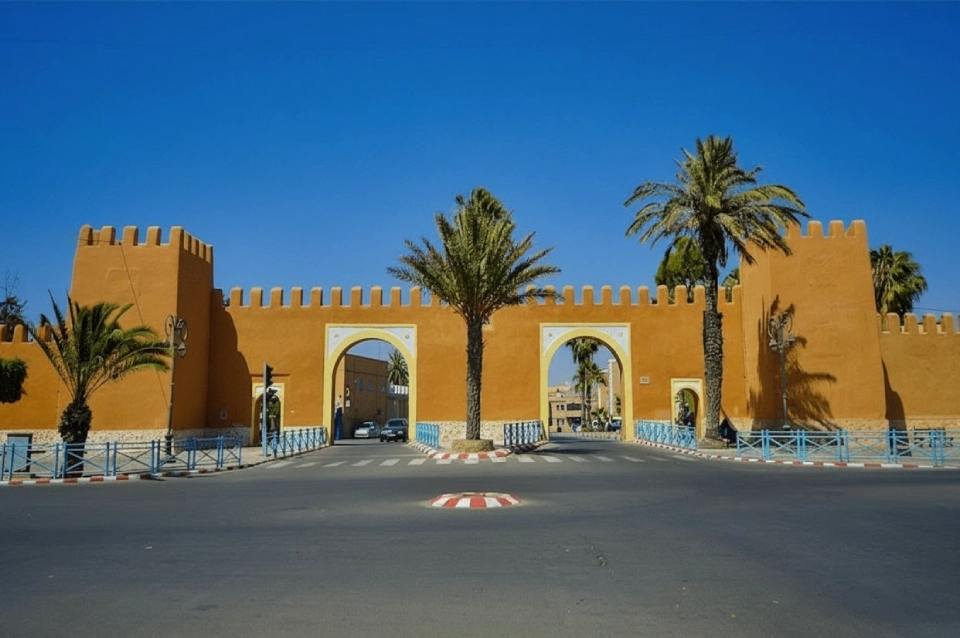
Impressive Fortification System
Tiznit’s ramparts stretch approximately 5 kilometers, enclosing the medina with walls reaching 8 meters in height. These fortifications, built relatively recently (1882) by Sultan Hassan I, represent one of Morocco’s last major defensive construction projects. The walls incorporate traditional pisé construction methods creating dramatic ochre ramparts that photograph magnificently against blue skies.
Ornamental City Gates (Babs)
Six principal gates pierce the ramparts, each featuring distinctive architecture combining defensive functionality with decorative elements. Bab Aglou leads toward the coast, Bab Targua connects to Agadir, while Bab El Khemis opens toward the Thursday market area. These gates showcase traditional Moroccan entrance architecture with horseshoe arches and ornamental details.
Walking the Ramparts Circuit
The complete rampart circuit offers rewarding walks providing constant perspective changes on the city, surrounding palmeries, and Anti-Atlas foothills. The approximately 5-kilometer walk takes 1-2 hours at leisurely pace, with several sections accessible and others requiring navigation around private properties or degraded portions.
Sunset Photography Opportunities
Late afternoon light transforms the ochre ramparts into glowing ribbons of warm color, creating spectacular photography conditions. Several vantage points outside the walls provide excellent compositions, while interior perspectives reveal daily life unfolding within these historical fortifications.
Authentic Medina Life

Traditional Souks and Markets
Tiznit’s souks maintain genuine character serving local populations rather than tourist demands. The Thursday weekly market draws vendors and buyers from surrounding rural areas, creating vibrant traditional commerce. Daily markets sell fresh produce, traditional clothing, household goods, and regional products reflecting authentic Moroccan commercial culture.
Architectural Heritage and Urban Layout
The medina’s organic street pattern, traditional houses with interior courtyards, neighborhood mosques, and communal facilities demonstrate classic Moroccan urban organization. Unlike heavily restored tourist medinas, Tiznit preserves working-class authenticity where buildings show age and adaptation rather than museum-perfect preservation.
Lalla Tiznit Spring and Water Source
At the medina’s heart lies the Lalla Tiznit spring, a natural water source around which the city traditionally developed. Local legend attributes healing properties to this spring, and the area maintains cultural significance as a gathering place and spiritual site. The spring area provides peaceful respite from medina activity.
Community Rhythms and Daily Life
Observing daily rhythms reveals authentic Moroccan urban life—morning market shopping, midday mosque prayers, afternoon tea gatherings, evening promenades. These patterns structure community life in ways that have remained consistent despite modernization, offering insights into traditional social organization.
Cultural Heritage and Berber Traditions

Chleuh Berber Identity
Tiznit sits in the heartland of Chleuh (Tachelhit-speaking) Berber culture, one of Morocco’s major Amazigh groups. This identity manifests in language (Berber widely spoken alongside Arabic), traditional clothing, music, and customs that distinguish the region from Arab-dominated areas. Understanding this Berber character enriches cultural appreciation.
Traditional Crafts Beyond Silver
While silver dominates craft reputation, local artisans also produce traditional leather goods, woven textiles, pottery, and woodwork. These crafts maintain traditional production methods and designs reflecting regional aesthetics and functional requirements adapted to southern Morocco’s climate and lifestyle.
Religious and Spiritual Traditions
The city contains numerous small mosques and zaouias (religious brotherhoods) that structure community spiritual life. While non-Muslims cannot enter mosques, observing exterior architecture and understanding these institutions’ social importance provides cultural context.
Music and Oral Traditions
Traditional Berber music featuring distinctive instruments and vocal styles can be experienced during local celebrations and cultural events. These musical traditions preserve historical narratives, poetry, and cultural knowledge transmitted orally through generations.
Natural Surroundings and Coastal Access

Anti-Atlas Mountain Proximity
The Anti-Atlas Mountains rise immediately east of Tiznit, providing dramatic backdrops and opportunities for day trips to traditional Berber villages, mountain valleys, and scenic viewpoints. These less-visited mountains offer authentic rural experiences and spectacular landscapes without the tourist development of the High Atlas.
Legzira Beach and Coastal Wonders
Approximately 15 kilometers from Tiznit, Legzira Beach features spectacular natural rock arches carved by Atlantic waves—one of Morocco’s most dramatic coastal formations. The beach offers excellent surfing, peaceful walks, and breathtaking sunsets, though one of the two famous arches collapsed in 2016, leaving one magnificent arch remaining.
Aglou Beach and Coastal Villages
North of Tiznit, Aglou Beach provides another coastal option with long sandy stretches, seafood restaurants, and more relaxed atmosphere than developed resort beaches. Traditional fishing villages along this coast maintain authentic maritime culture with colorful boats and daily fish auctions.
Oases and Palm Groves
Surrounding Tiznit, several oases and palmeries create green ribbons through arid landscapes. These areas showcase traditional irrigation systems, date palm cultivation, and agricultural practices adapted to desert conditions, offering insights into how communities sustain themselves in challenging environments.
Strategic Location and Regional Access
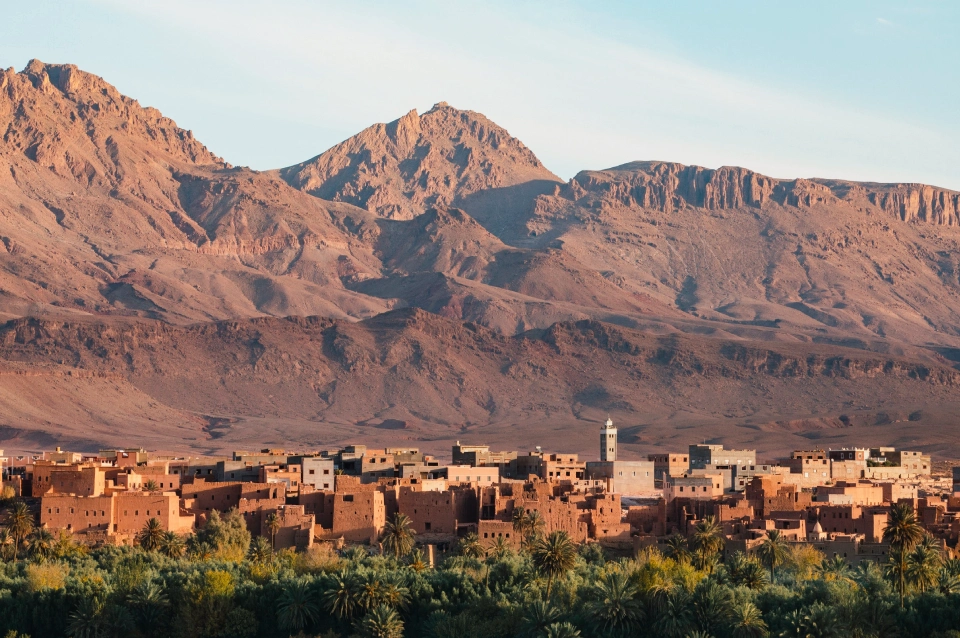
Gateway to Southern Morocco
Tiznit’s position makes it an ideal stopover or base for exploring southern Morocco. The city lies on routes connecting Agadir to southern destinations including Sidi Ifni, Guelmim, and eventually the deep south toward Laayoune and Dakhla. This strategic location suits travelers moving through the region.
Day Trip Possibilities
From Tiznit, numerous attractions lie within day-trip range including Sidi Ifni’s Art Deco architecture (75km), Guelmim’s camel market (110km), Taroudant’s ramparts and souks (135km), and various Anti-Atlas mountain destinations. This positioning makes Tiznit valuable as a touring base.
Agadir Connections
The proximity to Agadir (approximately 100 kilometers, 90 minutes by road) provides easy access to international airport, beaches, and urban amenities while maintaining distance from resort development. Many travelers use Tiznit for authentic cultural experiences while based in Agadir for convenience.
Off-the-Beaten-Path Appeal
For travelers seeking destinations beyond mainstream tourism circuits, Tiznit’s relative obscurity represents an advantage. The city receives enough visitors to support basic tourism infrastructure while maintaining genuine character unaltered by mass tourism pressures.
Practical Information and Services

Accommodation Options
Tiznit offers limited but adequate accommodation including small hotels, traditional riads, and guesthouses. While lacking luxury resorts, available options provide clean, comfortable lodging at very reasonable prices. Some riads feature traditional architecture and rooftop terraces with rampart views.
Transportation and Accessibility
Regular buses and grand taxis connect Tiznit to Agadir, Marrakech, and southern destinations. The city sits on the main coastal highway facilitating road access. Local transportation includes petit taxis for moving within the city. Car rental enables independent regional exploration.
Essential Services and Amenities
Banks, ATMs, pharmacies, medical facilities, and shops provide necessary services. As a regional center serving surrounding rural areas, Tiznit maintains adequate infrastructure despite modest size. The tourism development level means services cater primarily to local needs rather than international visitors.
Climate and Visiting Seasons
Tiznit enjoys pleasant climate with moderate coastal influence. Summer temperatures remain comfortable compared to interior desert regions. Spring (March-May) and autumn (September-November) provide ideal visiting conditions. Winter offers mild weather perfect for exploration without summer heat.
Culinary Experiences
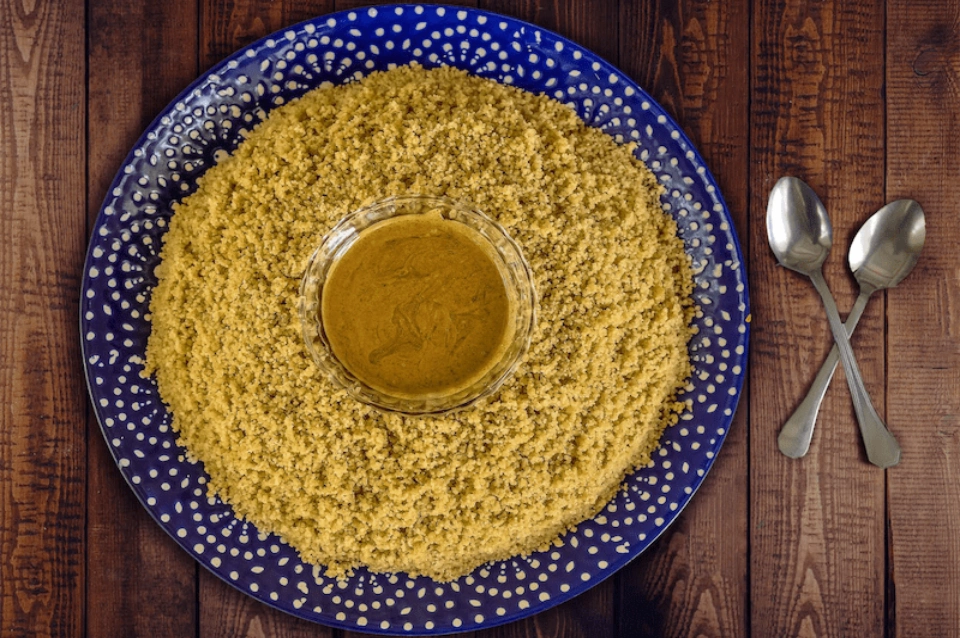
Traditional Southern Moroccan Cuisine
Local restaurants serve authentic regional dishes reflecting southern Morocco’s culinary traditions. Specialties include fresh seafood from nearby coast, traditional tagines featuring local ingredients, and Berber dishes less commonly found in tourist areas. The emphasis on local ingredients and traditional preparations creates authentic culinary experiences.
Market Fresh Ingredients
Daily markets provide access to regional produce including dates, almonds, argan oil, fresh vegetables, and traditional breads. Shopping at these markets offers insights into local food culture and seasonal agricultural cycles.
Café Culture and Social Spaces
Traditional cafes serve as male social gathering spaces where mint tea accompanies conversation, card games, and news exchanges. These establishments welcome respectful visitors and provide windows into authentic Moroccan social life.
Dining Recommendations
Family-run restaurants offer excellent value and authentic preparations. While lacking sophisticated international dining, the available options provide satisfying traditional meals at prices reflecting local rather than tourist economies.
Tips and Recommendations
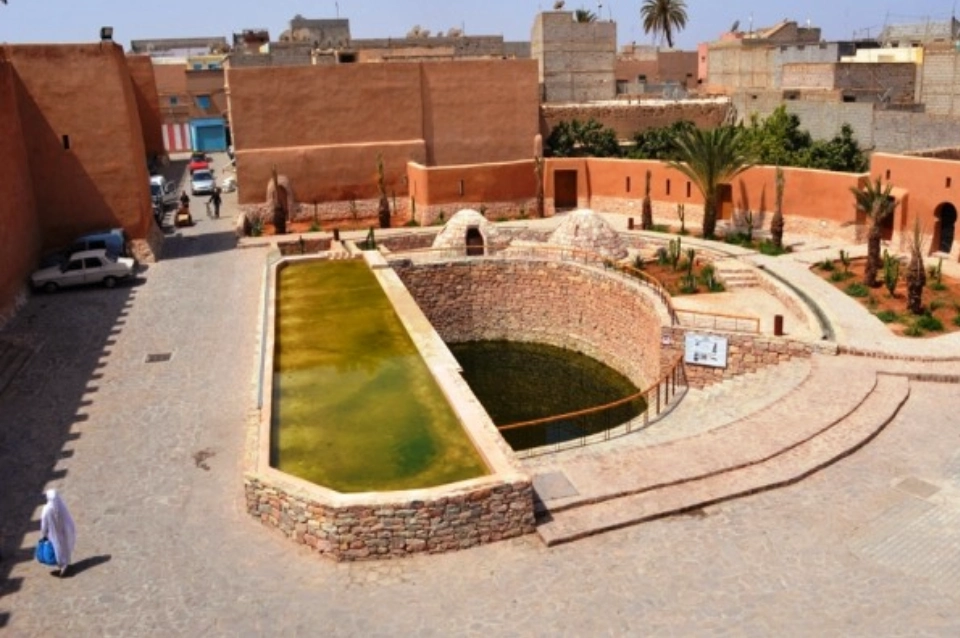
Shopping for Silver Jewelry
- Visit multiple shops to compare quality, designs, and prices
- Look for 925 sterling silver marks indicating quality
- Understand that antique pieces command premium prices
- Bargaining is expected; start at approximately 60% of asking price
- Request certificates of authenticity for significant purchases
- Consider weight, craftsmanship quality, and design authenticity
Exploring the Medina
- Wear comfortable walking shoes for uneven surfaces
- Mornings offer best light and market activity
- Respect privacy; avoid photographing residential interiors
- Get deliberately lost to discover hidden workshops
- Thursday market days bring maximum activity and crowds
Cultural Sensitivity
- Dress modestly, especially as Tiznit is conservative
- Women should cover shoulders and knees
- Ask permission before photographing artisans at work
- Learn basic Arabic or Berber greetings
- Show genuine interest in craftsmanship and culture
- Respect religious sites and prayer times
Photography Opportunities
- Artisan workshops provide fascinating subjects
- Ramparts photograph magnificently during golden hour
- Silver souk glitter creates visual richness
- Traditional clothing and jewelry offer colorful subjects
- Always seek permission before photographing people
Hidden Gems and Authentic Experiences
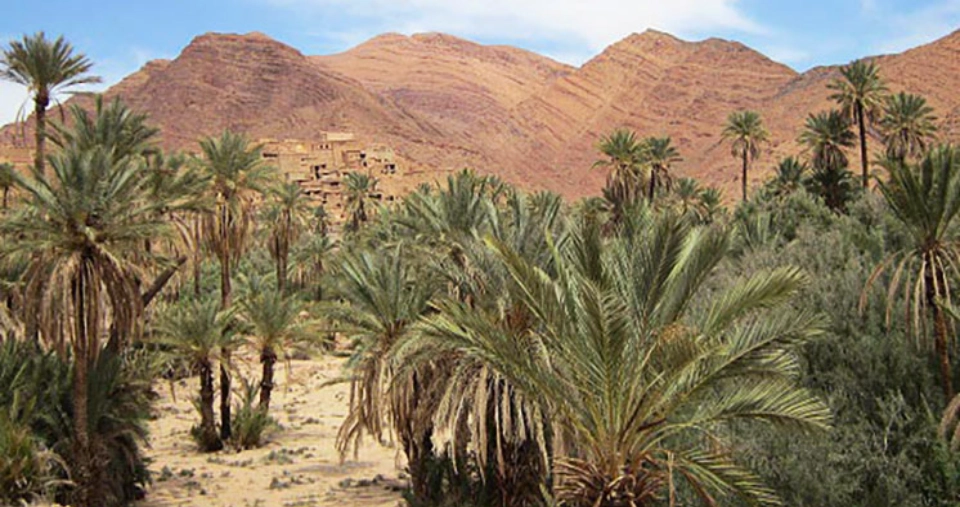
Small Workshop Discoveries
Wandering medina back streets reveals tiny workshops where individual craftsmen work in peaceful concentration. These encounters, more intimate than busy souk shops, provide the most authentic glimpses into traditional silversmithing.
Early Morning Market Life
Arriving at markets early reveals daily rituals as vendors arrange displays and regular customers conduct shopping before heat and crowds arrive. These peaceful hours provide excellent observation and photography opportunities.
Rampart Walks at Sunrise
Dawn walks along accessible rampart sections capture magical light on surrounding landscape and the city awakening. The peaceful atmosphere and golden light create memorable experiences and exceptional photography.
Local Hammam Experiences
Traditional neighborhood bathhouses offer authentic Moroccan wellness at prices reflecting local economics. These facilities provide cultural immersion and understanding of traditional hygiene and social customs.
Palmerie Explorations
Walking paths through surrounding palm groves reveal traditional agriculture and irrigation systems. These peaceful areas offer escape from urban activity and insights into desert oasis ecology and management.
FAQs
Q1: Is Tiznit worth visiting specifically for silver jewelry shopping, and how do prices compare to other cities? A: Absolutely! Tiznit is Morocco’s premier destination for authentic Berber silver jewelry. Prices are significantly lower than tourist-focused cities like Marrakech or Fes because you’re buying directly in the production center where artisans work. The selection is vastly superior with both traditional antique pieces and contemporary designs following traditional patterns. The authenticity level is higher, aggressive selling is less common, and the cultural context of visiting actual workshops enriches the shopping experience beyond mere transaction.
Q2: How many days should I allocate for Tiznit, and what else can I do besides silver shopping? A: Allocate 1-2 days for the city itself—sufficient for souk exploration, silver shopping, rampart walks, and medina discovery. Adding a third day enables coastal visits to Legzira Beach or Aglou Beach. Many travelers use Tiznit as a strategic overnight stop between Agadir and southern destinations, though the authentic atmosphere rewards longer stays for those seeking off-beaten-path experiences and cultural immersion.
Q3: Is Tiznit suitable for tourists who don’t speak Arabic or French? A: While English is less common than in major tourist destinations, Tiznit remains accessible for non-Arabic/French speakers. Silver shop owners dealing with collectors often speak some English, and patience with basic gestures and translation apps facilitates most interactions. The genuine hospitality of residents compensates for language barriers, and the relatively small medina reduces navigation challenges. However, learning basic Arabic or French phrases significantly enhances experiences.
Q4: How does Tiznit compare to other Moroccan walled cities like Taroudant or Essaouira? A: Tiznit offers more authenticity and fewer crowds than better-known walled cities. Unlike Essaouira’s tourism development or Taroudant’s growing visitor numbers, Tiznit maintains working-class character where tourism remains secondary to local life. The ramparts are equally impressive architecturally, the medina feels more genuinely Moroccan, and the silver craft specialization provides unique focus. However, Tiznit offers fewer accommodation options, less developed tourism infrastructure, and requires more cultural adaptability—making it ideal for travelers prioritizing authenticity over convenience.
Q5: Can I visit silversmith workshops and watch artisans work? A: Yes! This is one of Tiznit’s greatest attractions. Many workshops welcome visitors to observe craftsmen at work. Some charge small fees (10-20 dirhams) for extended observation, while others welcome browsers hoping sales will follow. The key is approaching respectfully, showing genuine interest rather than casual curiosity, and understanding that photography may require permission or small payment. The most rewarding visits often come through developing rapport with individual craftsmen who appreciate sincere interest in their

